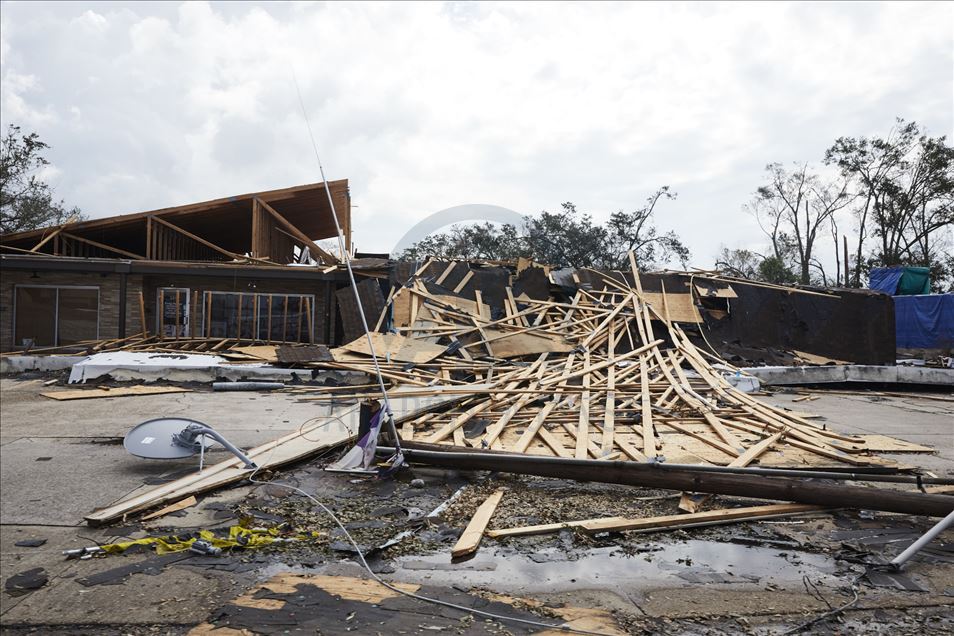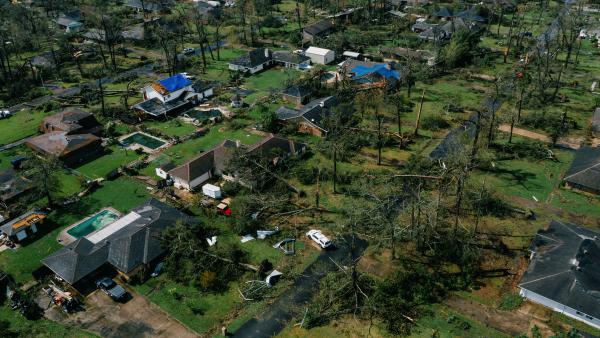
#Lake charles louisiana hurricane full#
Even insured homeowners struggled to fund the full cost of repairs from back-to-back disasters, and many renters suddenly found themselves priced out of a city where thousands of housing units disappeared, turning what had been a soft rental market into a costly free-for-all. In the case of Lake Charles, the agency’s individual assistance payouts weren’t enough to fill a gaping hole in the city’s housing stock: The storm damaged about half the structures in the surrounding parish, and more homes fell to the subsequent disasters the following year. Mario Tama / Getty Imagesīecause most of this money is targeted to individuals and families, though, it’s seldom enough to help a community achieve a full recovery, regaining its pre-disaster population and restoring businesses and organizations that shuttered after the storm. Residents of Lake Charles, Louisiana, walk through flood waters from Hurricane Delta toward their home, which they were still repairing after damage from Hurricane Laura on October 10, 2020.

The money represents an unexpected boost for the ailing region, whose population has declined by at least 5 percent since Laura - one of the fastest rates in the nation. That’s enough to put a significant dent in the $3 billion of unmet needs that Governor John Bel Edwards has said remain from the 2020 storms. Late last month, the Department of Housing and Urban Development, or HUD, announced that it will send $1.7 billion in extra hurricane relief money to Louisiana around $450 million will go to Lake Charles to fund long-term housing repairs.


More than a year later, the region has now received an unexpected deluge of federal relief. Climate change has not only made extreme weather events like these more severe and less predictable, but it has also eroded the marshland barrier that once protected coastal Louisiana from storms as they made landfall.
#Lake charles louisiana hurricane plus#
The Louisiana city of 85,000 has been hit by four major disasters in the last two years: The double-whammy of Hurricanes Laura and Delta in the summer of 2020 was followed by a deadly ice storm that winter, plus another devastating flood last spring. “We’re still where we were two years ago,” said Guidry, who helps connect area residents with legal services and housing. When Tasha Guidry drives to work at her office on Ryan Street, she passes houses with blue tarps still stretched over their roofs, decaying buildings that will soon be torn down, and restaurants that open for a few hours a day, if at all. "It’s really hard to believe we’re this far out even with the work we have done in the past, it’s hard to fathom.Eighteen months after Hurricane Laura, the streets of downtown Lake Charles remain eerily quiet. "These storms were unprecedented the amount of destruction has been catastrophic," Alberto Galan of Calcasieu Parish Emergency Management told FOX Weather earlier this year.

What's worse, Hurricane Delta struck the same area six weeks later, followed by a rare and major ice storm in February and a severe weather outbreak in May that led to additional flooding and tornado damage. Quadruple whammy: Second hurricane, ice storm, and tornadoes soon followedĪside from the widespread destruction of homes and businesses, many broken water systems and a severely damaged electrical grid in southern Louisiana slowed the recovery process. Laura would end up the most powerful hurricane to strike the United States in 2020, as well as the year's costliest weather disaster with more than $19 billion in damage. Final radar image of Hurricane Laura before the radar dome in Lake Charles, La.


 0 kommentar(er)
0 kommentar(er)
